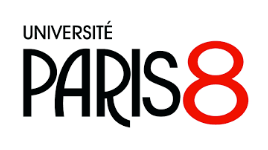12h30
En fonction de la situation le séminaire aura lieu en format hybride (présentiel et visioconférence) ou en visioconférence.
Abdelaaziz Boussayer (UMR 7023)
Nominal morphology in Amazigh: Gender and number marking
The first part of my presentation will study the derivational system of gender in Ait Atta variety of Amazigh language (Tamazight). Thus, the following claims are made; first, gender is overtly marked on feminine nouns by the prefixation of the gender morpheme t-. Moreover, masculine has no overt realization in Amazigh language. Furthermore, in the derivational system of gender, large majority of nouns allow for gender opposition (e.g. a-ḍar (MS) – t-a-ḍar-t (Fem) ‘foot- small foot). However, mass nouns allow only for one lexically determined gender and number .e.g. u-di (MS.SG) ‘butter’, t-idi (Fem.SG) ‘sweat’, a-man (MS.PL) ‘water’). The initial vowel is a nominal marker rather than a gender marker. Vocalic initial nouns fall into the category of masculine nouns. The second section addresses the issue of nominal plural formation in Amazigh language. It provides a descriptive and a straightforward account of the plural formation adopting the model morphology introduced by Saib, 1976; Guerssel, 1992; El Moujahid, 1997; Idrissi, 2000; Bensoukas, 2015; and others. My claims about the noun structure are the following. First, the noun, in general, consists of maximally three main parts: a prefix, a lexical base, and a suffix. Second, the majority of Berber noun stems involve, at least, one vowel in addition to the prefixal vowel (e.g. ‘a-ḍar’ foot, ‘a-funas’ bull, 'a-ɣrum’ bread). Third, when the plural noun is specified as [+feminine], it takes the gender morpheme t-. Fourth, number is not a lexical category, but it takes the form of a feature assigned lexically to the noun.



